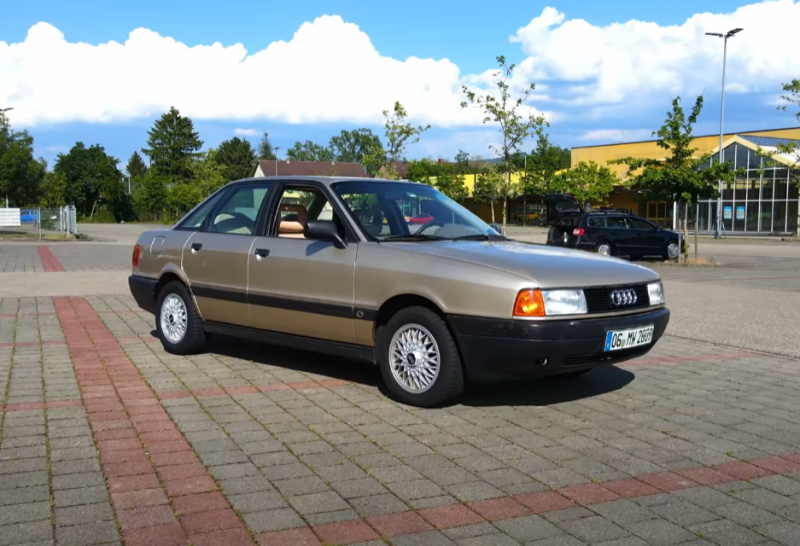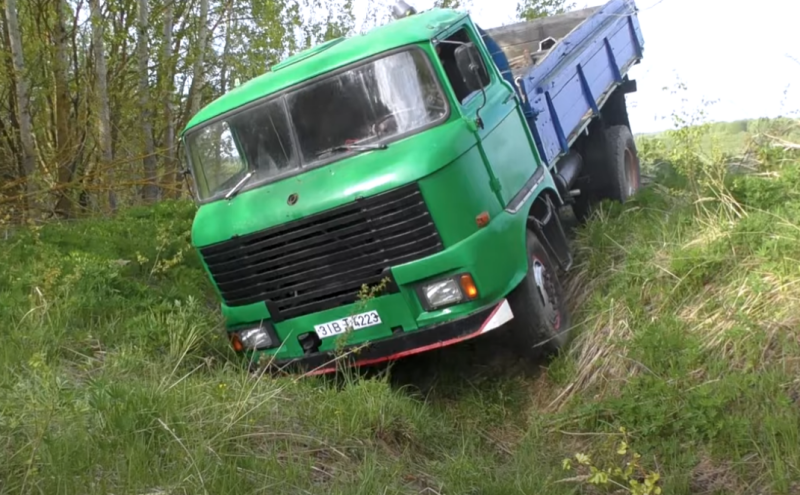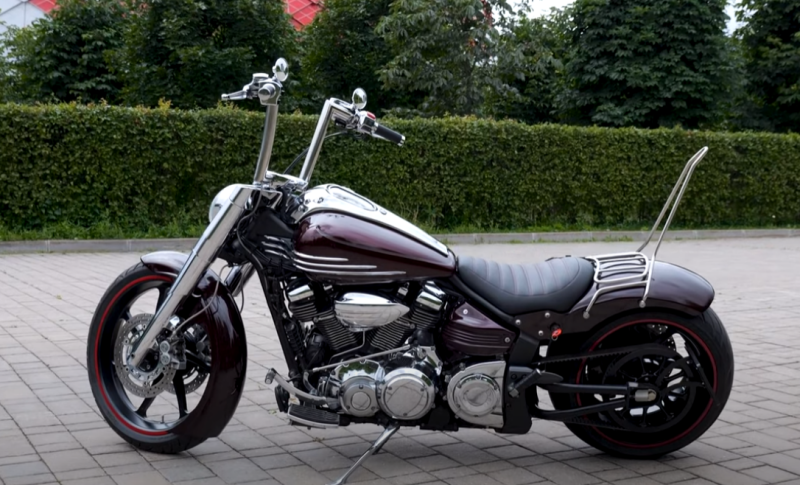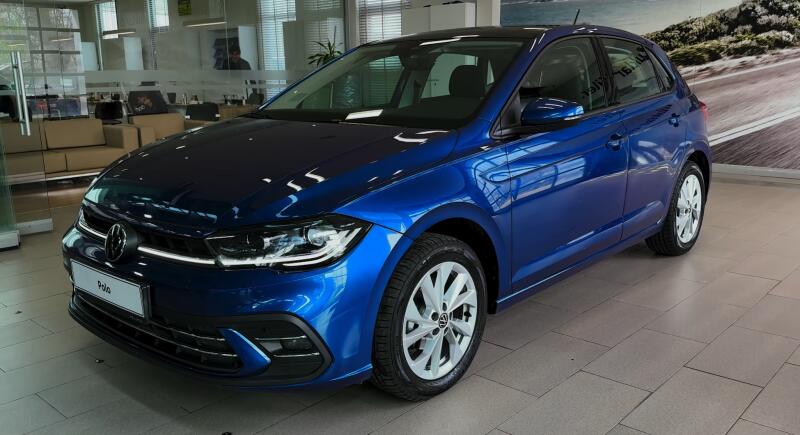The named model was just a match - without a hint of beautiful design or comfort in the cabin. But, the longer the war remained, the better the Soviet people wanted to feel in peacetime. A generation was growing up that did not know the hardships of wartime and, in principle, had the right to a normal life.
By that time, there was a ZiU-5, released in 1959, but already in need of some improvements. Unfortunately, the prototype ZiU-7 did not reach mass production, so a new project, the ZiU-1966, was designed and presented in 9. This trolleybus became a worthy replacement for the MTB-82, for many years being the main urban electric transport of the middle class in Soviet cities. Moreover, he is the undisputed world leader in terms of the number of units produced among trolleybus transport models! And retains these positions now, decades later.
How the most popular trolleybus of stagnant times was created
The new project became successful, among other things, due to the fact that some design solutions were borrowed from well-known foreign models: the German MAN and the French Chausson. This use of advanced imported elements made it possible to design the most modern car by those standards. Over the ZiU-5, she had several advantages at once:
✅ more spacious interior
✅ all-welded body instead of aluminum on rivets
✅ 3 doors instead of two
✅ power steering
✅ air suspension wheels
✅ rheostat-contact engine control system
After the creation of a prototype of a new trolleybus in 1966, work began on the design of its various modifications. The first of these, two years later, was the ZiU-9A, which featured a wider body. But he never went into the series, remaining in a single copy. There were still 4 years left before the start of mass production of the legend.
At the end of the summer of 1972, mass production of the ZiU-9 (which received the factory index "682B") started. Trial operation of the machine began in the city of Cheboksary. This process started on August 16, 1972.
The first five years of production, the trolleybus was equipped with a DK-207G power unit, which by that time was noticeably outdated and did not meet current requirements. In 1973, he was replaced at the combat post by a newer 110 kW electric motor - DK-210. Also, initially, air suspension was installed on trolleybuses, which used jet rods that served as guide elements. A few years later, it was replaced with a more efficient air spring design.
 Model of the ZiU-9 trolleybus. Photo: youtube.com
Model of the ZiU-9 trolleybus. Photo: youtube.comAnother positive aspect of the new design is the reduced floor level on the rear platform. This design feature made it possible to reduce the number of steps on the back door and make it more comfortable for the elderly and wheelchair users to board. True, a serious obstacle arose on the way to the full realization of the intended goal: a huge landing rail, which was located right in the middle of the doorway. This made it half as narrow and made it much more difficult to bring bulky items or wheelchairs into the cabin.
This design also had another weak point. The lowering of the floor surface abruptly began after the rear wheel arches. Therefore, passengers standing in this place felt severe discomfort, and, in winter, they could even slip and fall (and such cases happened). The situation was corrected only 20 years later, in 1991. The floor level was leveled and the handrail was replaced with ergonomic handles attached to the front doors. So this design began to be applied to all types of public transport equipped with automatic doors.
Trolleybus technical device
Although the model was in many ways progressive for those years, the time for air conditioners had not yet arrived. Therefore, the ventilation of the room, in which 125 passengers were allowed, plus a driver with a conductor (there is no doubt that more than a hundred and fifty could be crowded during "rush hour"), was a task of the highest importance. And it was solved in a very simple way: the ceiling was equipped with impressive hatches, and the side windows with a sliding window. The most interesting thing is that now, half a century later, many representatives of public transport can offer us the same thing.
 Assembly line for the production of trolleybuses. Photo: youtube.com
Assembly line for the production of trolleybuses. Photo: youtube.comThe passenger doors of the high-floor ZiU-9 were opened automatically from the driver's console using an electric drive (in the early 90s it was replaced by a pneumatic design). There were three of them: the middle and far ones were double, and the front one was single.
Transport with an electric drive, had a lot of different equipment that works with the help of current. First of all, this is a TED, through which the current control system was carried out. Also available was a low-voltage motor that provides switching power circuits and a motor-generator. The latter was necessary to convert the 550 V coming from the power grid through the rods into the 24 V used for the operation of the trolleybus systems. The low-voltage equipment included:
✅ outdoor and indoor lighting
✅ alarm
✅ electric door drives
✅ group controller
✅ rechargeable batteries
It seemed to the designers that they had found the best option, providing in the cabin the presence of electrical appliances operating only on a low-voltage voltage of 24 V. At the same time, high-voltage wiring was installed under the floor. Unfortunately, time has shown a very low electrical safety of such a solution, especially in wet weather. This problem was partially solved by the use of protective mats made of a special plastic alloy installed on the landing pads. A full-fledged solution appeared when, during the modernization, all high-voltage equipment was moved to the roof of the trolleybus.
 Taillights and a ladder ridden by hooligans. Photo: youtube.com
Taillights and a ladder ridden by hooligans. Photo: youtube.comThe 12-meter car had three brake systems at once: pneumatic, electrodynamic and a parking brake with a pneumatic compressor. The trolleybus not only became widespread in large Soviet cities, but was also exported to almost all European countries that belonged to the socialist camp at that time. It was also delivered to Mongolia and Argentina.
Multiple modifications and end of production
After four years of production, it was time for a modification that would correct the shortcomings of the basic model. The number of lamps and windows in the cabin has decreased, springs and electric boom catchers have appeared. The trolleybus received the name ZiU-682V. Its latest version in 1988 was given the index “012” and a new DK-213 engine with a power of 115 kW.
 Upgraded interior with a row of single seats. Photo: youtube.com
Upgraded interior with a row of single seats. Photo: youtube.comAfter almost two decades of production, the design of the trolleybus needed a deeper modernization. It was able to be carried out shortly before the collapse of the Union, and the trolleybus became known as the ZiU-682G. The main changes affected the passenger compartment:
✅ the design of the control pedals is changed according to the automotive type
✅ passenger seats of one row became 1-seater (to increase the total capacity)
✅ the control panel has been moved to the left, to a more convenient area
✅ enlarged driver's door opening
✅ a blank partition behind the driver's back provided him with more comfort and personal space
The popularity of the model was so high that it continued to be produced and exported (mainly to the former Soviet republics) in future years. The last modification went through several upgrades and improvements, and the total production of the model for all the years of production reached 42 thousand, which became an absolute world record. The numbers are so impressive that no one seems to be able to get close to them. After all, the closest pursuer, the Skoda 9Tr, has 7 times fewer vehicles produced.
 Until recently, the plant produced equipment under the TROLZA brand. Photo: youtube.com
Until recently, the plant produced equipment under the TROLZA brand. Photo: youtube.comDeclining demand and the completion of the contract for the production of trolleybuses led to the fact that the model, in fact, completed its production history in 2014. But, even today, modifications of the ZiU-9 can be found on the roads of many cities in the world, including the Argentine Cordoba.










